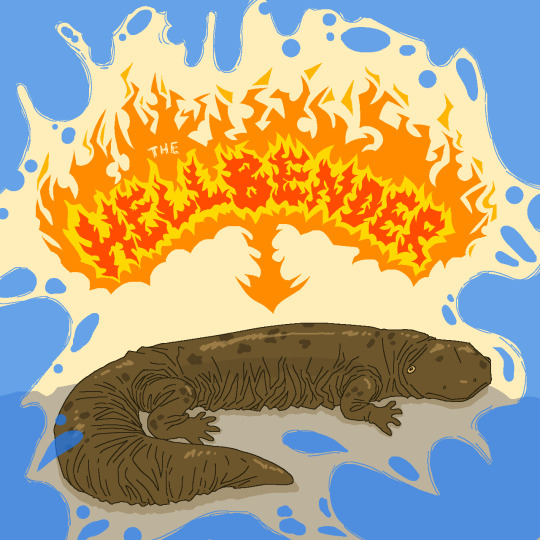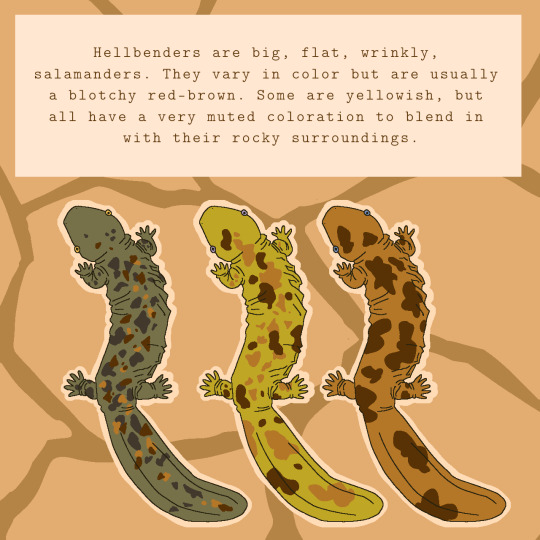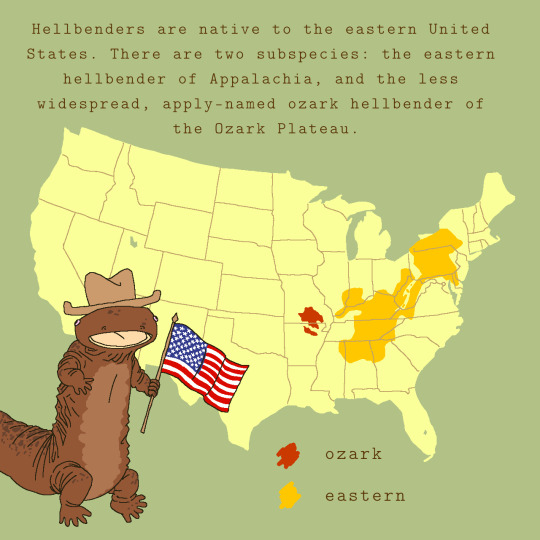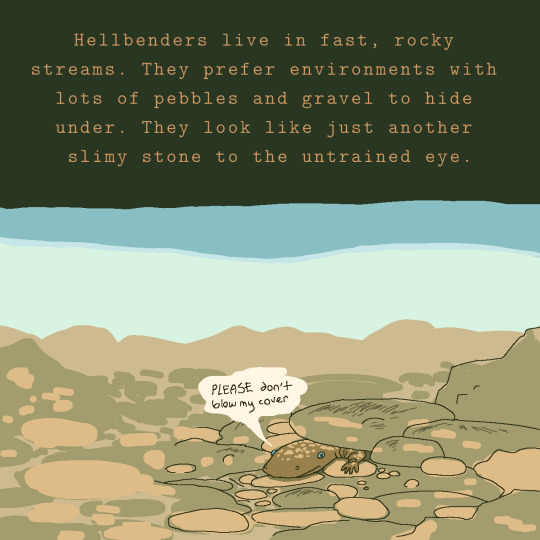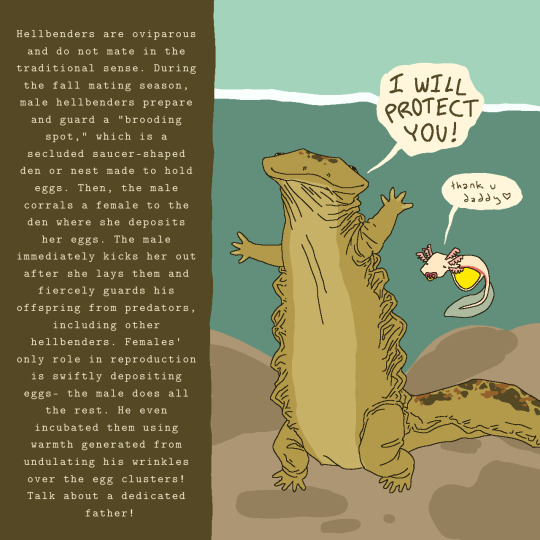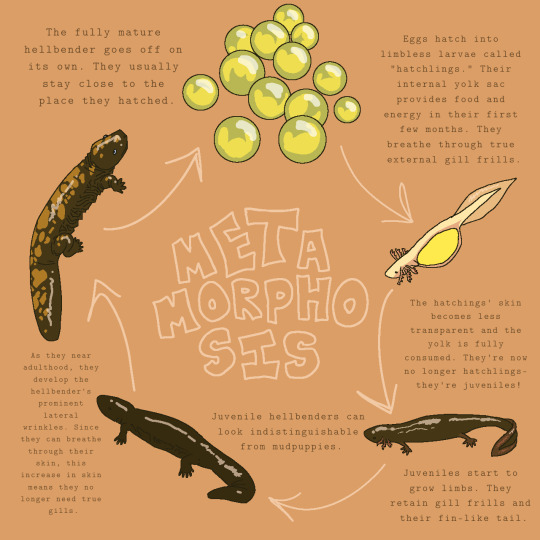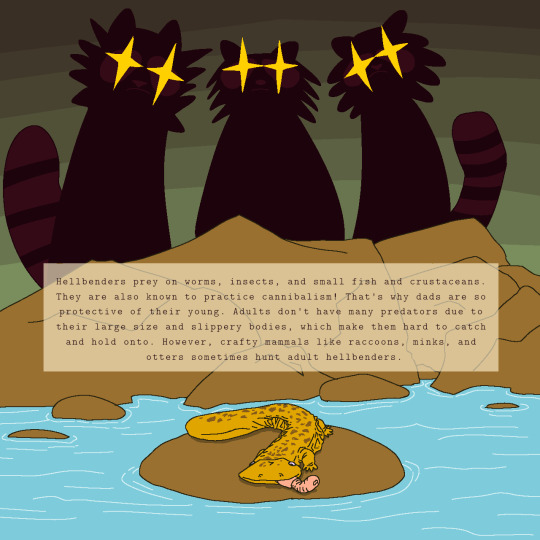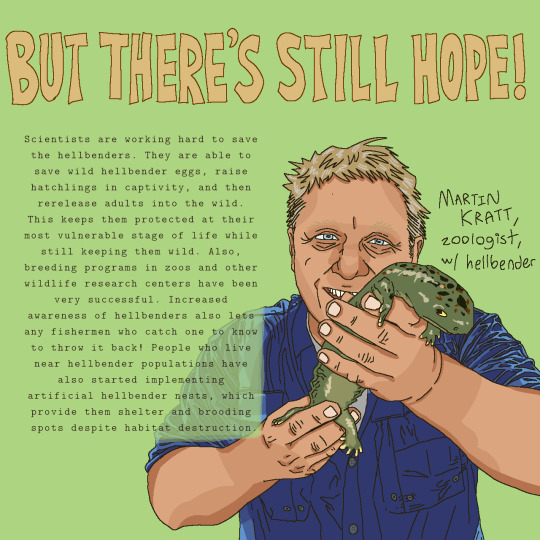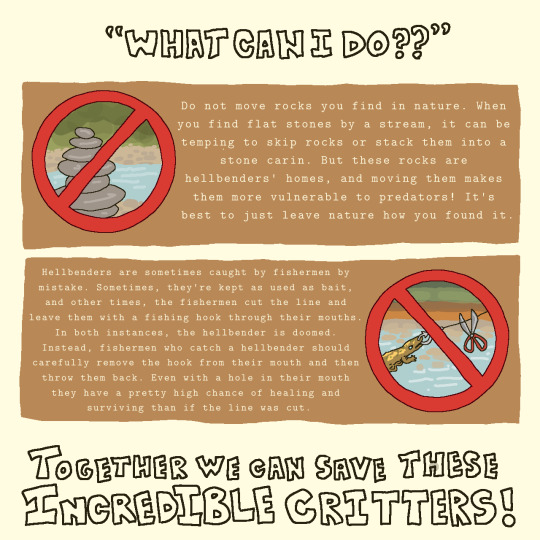#Science Side of Tumblr
Explore tagged Tumblr posts
Text


























My favourite space images from Hubble space telescope. Thank you so much for giving us the stunning visuals of galaxies, stars and nebula. Happy 35th anniversary to the Hubble space telescope 🔭
#hubble space telescope#astrophotography#photographers on tumblr#photography#universe#galaxy#nebula#space#science side of tumblr#women in stem#stem academia#cosmology
3K notes
·
View notes
Text
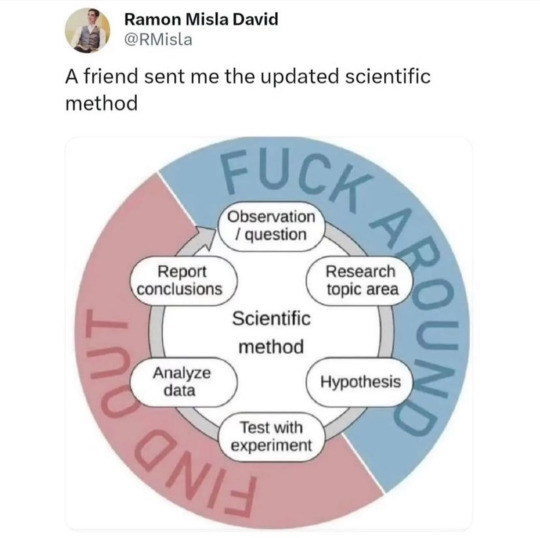
#the real scientific method#scientific method#science side of the internet#science side help me#science side#science side please explain#science side explain#science side of tumblr#mad scientist#memes#dank memes#dankest memes#mental meme#memes are my coping mechanism#memes are my love language#i’m offended by this relatable content#relatable memes#relatable shit#fresh memes
4K notes
·
View notes
Text
IF NOT FOR EAT WHY CAKE?

IF NOT FOR MOUTH WHY HONEYCOMB?

IF NOT FOOD WHY LOOK LIKE FORBIDDEN SNACK?

#science#chemistry#physics#nuclear#uranium#nuclear physics#stem#stemblr#science side of tumblr#forbidden snack
18K notes
·
View notes
Text

new species of bed buge just dropped
#certified bed buge#bugblr#entomology#insects#herpetology#lizards#geckos#biology#science#science side of tumblr#bugs#memes#funny
8K notes
·
View notes
Text
Press X to doubt.
I'm skeptical and I'd have to see the actual data. It's dubious that there's an actual causal link to these factors and height.
207 notes
·
View notes
Text
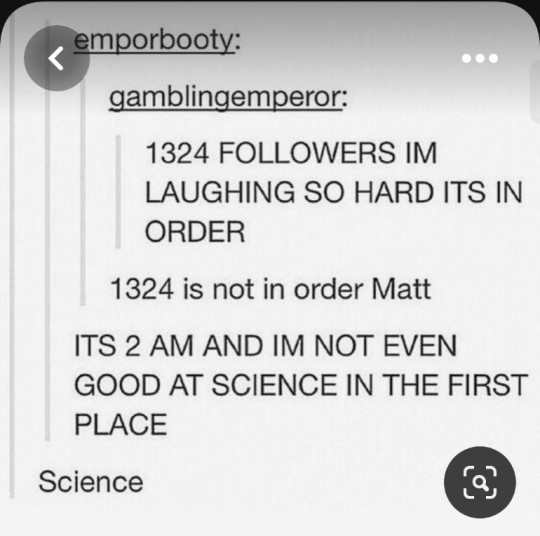
Science? On c'mon we all know it's geography
22K notes
·
View notes
Text
Science side of Tumblr PLEASE share your tips/advice/hacks for academic conferences!
Im attending my first academic conference in a couple weeks and I’d appreciate anything you’d like to share with a lil baby bio undergrad like me
#science side of tumblr#science student#science stuff#science#research scientist#biology#research#conference#psychology#cognition#cognitive science#wildlife biology#zoology#ethology#ecology#evolution#medicine#med school
2K notes
·
View notes
Text

stay informed. look out for these dangerous acronyms!
1K notes
·
View notes
Text
#i have full exam season next week and coming up with the names gave me some extra fun#personally i’m more of a#chemistry#person myself#(though my recent grades are working hard to prove me wrong)#anyways#how does one tag again?#poll#!!#science#stem#science side of tumblr#never mind#nadirants
9K notes
·
View notes
Text
YO NEW HELL ANT JUST DROPPED

IN THE SOUTHERN HEMISPHERE NO LESS
This is from a study just published a few days ago by Lepeco et al. (2025).
Hell ants (subfamily: Haidomyrmecinae) are super cool ants that possessed vertically closing jaws.
Below is a model of the ant's body/anatomy generated via micro-computed tomography

Vulcanidris cratensis is a new species discovered in Brazil. It dates back to the lower Cretaceous, and at the time of writing, is now the oldest known ant to science!

#hell ants#haidomyrmecinae#new study#science#insects#bugs#ants#myrmecology#entomology#ecology#fossils#paleo#tomography#computed tomography#cool science#science side of tumblr#sci comm#brazil#bugblr#bug#paleontology#paleoblr#paleobiology#paleoentomology
838 notes
·
View notes
Text
Hey, Science side of tumblr, I have a question
Is Brie supposed to be able to stitch itself back together after you've cut it??
428 notes
·
View notes
Text
OKAY THIS ARTICLE IS SO COOL
I'm going to try to explain this in a comprehensible way, because honestly it's wild to wrap your head around even for me, who has a degree in chemistry. But bear with me.
Okay, so. Solids, right? They are rigid enough to hold their shape, but aside from that they are quite variable. Some solids are hard, others are soft, some are brittle or rubbery or malleable. So what determines these qualities? And what creates the rigid structure that makes a solid a solid? Most people would tell you that it depends on the atoms that make up the solid, and the bonds between those atoms. Rubber is flexible because of the polymers it's made of, steel is strong because of the metallic bonds between its atoms. And this applies to all solids. Or so everybody thought.
A paper published in the journal Nature has discovered that biological materials such as wood, fungi, cotton, hair, and anything else that can respond to the humidity in the environment may be composed of a new class of matter dubbed "hydration solids". That's because the rigidity and solidness of the materials doesn't actually come from the atoms and bonds, but from the water molecules hanging out in between.
So basically, try to imagine a hydration solid as a bunch of balloons taped together to form a giant cube, with the actual balloon part representing the atoms and bonds of the material, and the air filling the balloons as the water in the pores of the solid. What makes this "solid" cube shaped? It's not because of the rubber at all, but the air inside. If you took out all the air from inside the balloons, the structure wouldn't be able to hold its shape.
Ozger Sahin, one of the paper's authors, said
"When we take a walk in the woods, we think of the trees and plants around us as typical solids. This research shows that we should really think of those trees and plants as towers of water holding sugars and proteins in place. It's really water's world."
And the great thing about this discovery (and one of the reasons to support its validity) is that thinking about hydration solids this way makes the math so so so much easier. Before this, if you wanted to calculate how water interacts with organic matter, you would need advanced computer simulations. Now, there are simple equations that you can do in your head. Being able to calculate a material's properties using basic physics principles is a really big deal, because so far we have only been able to do that with gasses (PV=nRT anyone?). Expanding that to a group that encompasses 50-90% of the biological world around us is huge.
#science#stem#science side of tumblr#stemblr#biology#chemistry#scientists#biochemistry#studyblr#physics#nature
6K notes
·
View notes
Text
can the science side of tumblr tell me how to politely greet a beetle
725 notes
·
View notes

